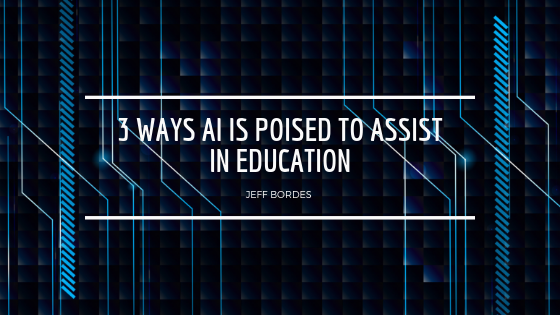Artificial Intelligence has the potential for exciting applications in almost every field and education is no exception. That being said, AI is still a long way away from the stuff of futuristic Sci-Fi movies. While AI has come a long way in the last decade, it still has a number of limitations and even potential drawbacks. Here are three ways that AI can be used in education, as well as some potential drawbacks of each.
- Standardized testing and assessment
Probably the most natural fit for AI is standardized testing and assessment. The only drawback to using AI for testing and assessment isn’t a limitation with AI but rather the limitations of standardized testing itself. The validity and value of standardized testing in education is hotly contested, largely because it may in and of itself imbue young minds with the idea that there is one right answer and all the others are wrong. This type of thinking, however, is a natural fit for AI, which can easily recognize the answers it has been programmed to recognize as being right from those it has been programmed to recognize as being wrong.
- Lecture-based teaching
While AI (including machine learning) is unlikely to take the place of a human teacher any time soon, that doesn’t mean it doesn’t have a powerful role in the classroom. There is little evidence that students benefit more from a human teacher than from interactive AI in a lecture setting, but there is ample evidence that students benefit from one-on-one interaction with a teacher or tutor that can address their individual and specific needs. In addition, AI is also capable of delivering some degree of one-on-one interaction, however, it is significantly limited in scope and range of teaching.
- Interactive learning and quizzing
In today’s classrooms, teachers can’t give the kind of individualized attention to struggling students that they benefit most from. In addition, most students master one type of material far more readily than others. For instance, some students excel at reading but struggle in math, while others excel at math and struggle with reading. Computerized modules can be used in areas where students naturally excel and don’t need additional instruction, which can free teachers up to focus on the specific areas in each student needs additional instruction.
